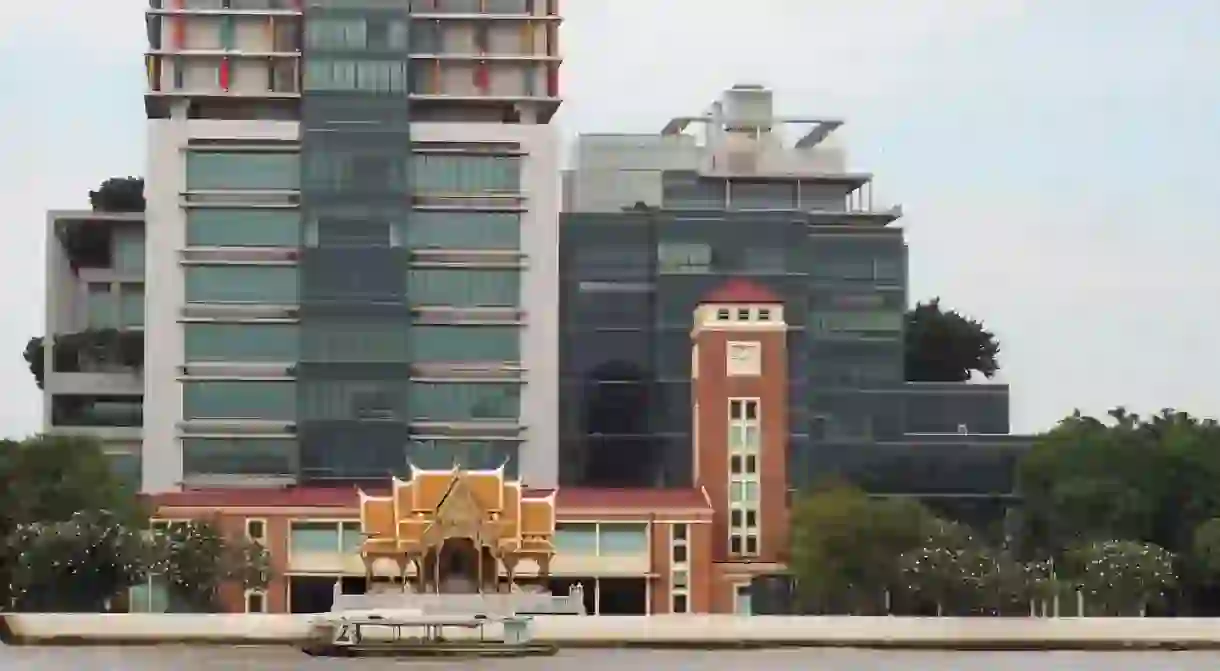Everything You Need to Know About the Death Museum

Those visitors to Bangkok who get queasy easily may want to steer clear of the Siriraj Medical Museum. From deformed and diseased babies preserved in formaldehyde, to the fractured skulls of murder victims, this museum is seemingly more gruesome than informative, yet undeniably intriguing. Here, a brief history of the Siriraj Medical Museum, otherwise known as the Death Museum.
Planning a trip to Bangkok? Be sure to book ahead onto the best tours of the city to make the most out of your trip. If you’re looking for more museums to explore in the city, you can book onto top-rated tours of Bangkok’s best museums here.

History
The Siriraj Hospital, where the museum is housed, is the oldest medical institute of Thailand. The hospital was established by King Rama V in 1886. The faculty of medicine gathered various pieces of equipment and documents in order to put the museum together, as a place for learning and for students to study.
The Siriraj Medical Museum is actually made up of six separate museums. The majority of the museums are all located on the second floor of the Adulyadejvikrom Building. It is here visitors pay the ฿200 entrance fee; photography is not allowed.

The Ellis Pathological Museum
The first museum visitors come across is the Ellis Pathological Museum. It was named after Professor A.G. Ellis, who was famous for laying the foundation of pathology in the Kingdom. For those who cannot read or understand Thai, this first museum is a bit lackluster. There are loads of exhibits and seemingly informative displays in the three rooms that make up this museum, however, almost everything is in Thai. Only a few words like “digital rectal examination” are in English. Visitors will certainly be aware that they are observing exhibits on subjects such as cancer and the developing fetus, however, much of the exhibit information will be unfathomable.

Songkran Niyomsane Forensic Medicine Museum
Next up is the Songkran Niyomsane Forensic Medicine Museum. This museum is seemingly a hodgepodge of information. On one hand, there are photographs of the devastating 2004 tsunami that tore through southern Thailand. Just opposite these photographs are brutal ones of humans post-death.
This museum displays the development of forensic medicine with the use of a various items. There are row upon row of autopsy instruments used in forensic science laid out in glass containers that were used on particularly notorious cases, such as Si-Ouey. His mummified corpse is standing just adjacent to these tools in a glass case. Before he was put on display, however, he was one of the most feared men in Thailand. He came to the country as a Chinese immigrant in 1944, and he is one of the first known serial killers in Thailand. He murdered and ate the livers of many young boys, believing that this would make him stronger. This is probably the most intense of all the museums.

Touch Exhibits Museum in Honor of Her Majesty the Queen and the Parasitology Museum
This exhibit was created for those who are visually-impaired. The room is dark and allows visitors to interact with items they can touch but cannot see.
On a lighter note (though not by much) visitors head to the Parasitology Museum right next door. Displays of organs infected by parasites are about as gruesome as this museum gets. The Parasitology Museum focuses on diseases, especially those caused by parasites and protozoa.
Congdon Anatomical Museum
Located on the third floor of the Anatomy Building is the Congdon Anatomical Museum. This museum is dedicated to the human organ system, though there are some pigs, rats, and other dissected animals found throughout.
Every set of organs is broken down and has its own display, from the nervous to the arterial system. Eyeballs, ears, brains: you name it, this museum probably has an exhibit on it. Do not be surprised if there are a handful of students meandering through the displays: they are probably just finishing up some homework.
This museum focuses on the evolution of life in Thailand, with artifacts and displays on Thailand’s history from some 70 million years ago.
How to get there
The Siriraj Medical Museum is located on the west bank of the Chao Phraya River. To get there, visitors will need to take the BTS Skytrain Station to Sala Daeng on the Silom Line. Then, take the express boat (orange flag on the back) to the Siriraj Pier (N 10). The boat ticket is ฿15.
The Siriraj Medical Museum is open from 10 am to 5 pm daily except on Tuesdays and official holidays. The Sood Sangvichien Prehistoric Museum and Laboratory are also closed on Saturdays and Sundays.
Why not explore more of Thailand on these highly recommended tours of the country? Book ahead for the ultimate adventure.














